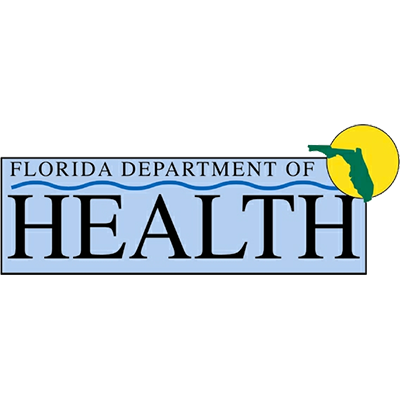This article will be even more heavily weighted towards research than my writing normally is. I have written a lot about the major problems with the methadone and suboxone treatment regulations in the United States. I have written about how the best drug rehabs in Florida and Alabama go about administering medication-assisted treatment, and why there are major shortages of programs in those states and others. There is research that backs up all of these problems I speak about, and I wanted to run through the problems again so that I can show some new research that might have some answers to those problems. I have talked about the proven efficacy of these medications, and recently I discussed the issues that are specific to rural areas, including much of Alabama, as the best drug rehabilitation center in Florida is in the Panhandle Region very close to many patients in Alabama. Here is a quote from a comprehensive study on methadone that was recently published,
“Methadone is a proven and effective opioid medication used to treat OUD. It has been shown to reduce overdose death, and reduce the consequences of injection drug use, including HIV and hepatitis C transmission. In spite of this, methadone can be challenging to access in the US, especially in rural areas burdened by the opioid epidemic.”
I first mentioned the effectiveness of methadone when I showed a 15-year long research study from New York State that showed these exact results; that most patients succeeded in a methadone program and that overdoses and other harmful consequences of drug use were drastically lowered by methadone. I also spoke about how rural states were having particular trouble with getting treatment to their citizens, and I wrote about HIV and hepatitis outbreaks which threatened communities in Indiana and Alabama because of a lack of good drug treatment options in rural areas.
In the following section, the study looked at the need to expand treatment access,
“Expanding access to medications for opioid use disorder (MOUDs) is a critical piece in a comprehensive plan for addressing the opioid epidemic. In 2017 in the United States (US), 72,000 overdose deaths occurred and 2.1 million Americans (≈ 1%), aged 12 years and older, were estimated to meet the criteria for the diagnosis of opioid use disorder (OUD).[ 1], [ 2] These realities exist despite having effective treatments for OUD. MOUDs, including methadone and buprenorphine, are associated with increased treatment retention, reduced use of illicit opioids, reduction in mortality, and better overall outcomes compared to non-pharmacological therapies alone. However, only about 20% of Americans with an OUD receive MOUDs. This treatment gap highlights the need to utilize both novel and proven means to initiate and engage affected individuals in treatment with MOUDs. Opportunities to do so with methadone exist and merit the attention of policymakers, physicians, other clinicians, and communities.”
For me, this need for both novel and proven means of expanding treatment means one thing in particular; Methadone and Suboxone are proven to help people with Opiate Use Disorder, and we can see from this research that as little as 20% of people who need these drugs have access to them. This is where novel approaches must come in. This study shows that the U.S. now has roughly the same number of methadone clinics as in 2003. The entire opiate epidemic has unfolded since 2003, so we need to rapidly expand the number of methadone and suboxone facilities. Those facilities need to have fewer regulations that make things harder for patients. Patients should have a month-long supply of medicine at their home, and not have to miss work and wait in long lines to get medication every day. No other disease is treated in that way, and no other medical patients are allowed to be treated that poorly. Furthermore, places like the one I work for, Florida Springs Wellness and Recovery, the best drug rehab in Florida and in the Florida or Alabama region, should be free to use any effective drugs for medication-assisted treatment. Family doctors must be able to do the same thing for their own patients, or we will never increase the percentage of patients with proper access from 20% up to 100%. If you or a loved one needs more information on the best drug treatment in Florida, go to the programs page on this website.
By T.A. Cannon (Contact me at TACannonWriting@gmail.com)
References
CALCATERRA, S. L. et al. Methadone Matters: What the United States Can Learn from the Global Effort to Treat Opioid Addiction. Journal of general internal medicine, [s. l.], v. 34, n. 6, p. 1039–1042, 2019. DOI 10.1007/s11606-018-4801-3. Disponível em: http://search.ebscohost.com/login.aspx?direct=true&db=mnh&AN=30729416&authtype=geo&geocustid=s8475741&site=ehost-live&scope=site. Acesso em: 2 nov. 2020.



